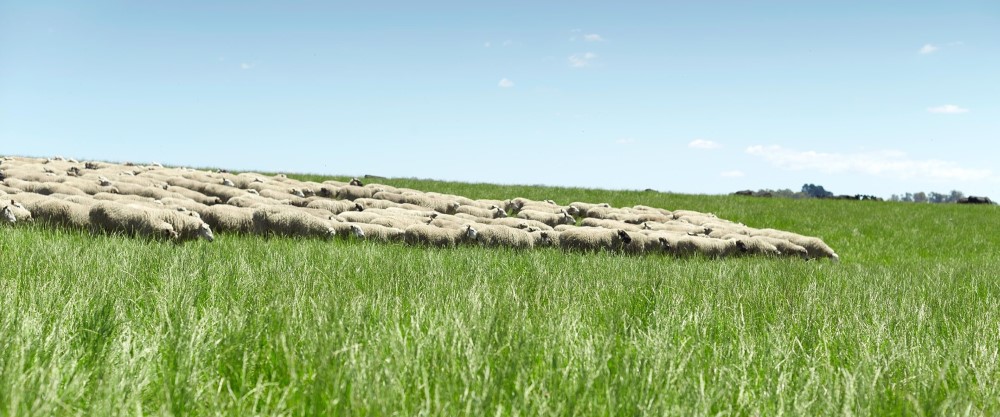Animal handling
Successful handling of livestock requires an understanding of their natural behaviour.
Cattle, sheep and goats are herd animals – meaning they like to follow each other. A separated animal will always try to return to the mob.
Livestock handling should aim to minimise stress – to the livestock and the operator. Livestock and operator health and welfare are prime concern, however, handling can also affect animal performance and meat quality.
Minimising stress
Low stress livestock handling has productivity benefits for farming enterprises. It will deliver improved livestock health and production, and better meat quality to the customer. It will also improve occupational health & safety.
Stress can be minimised by:
- Keeping animal handling to the minimum level necessary for health management and productivity.
- Designing handling facilities to minimise the risk of injury and to take advantage of natural cattle, sheep or goat behaviour.
- Maintaining handling facilities in good working order and completing repairs well before major husbandry practices are carried out.
- Ensuring livestock handlers are competent.
- Avoiding sudden jerking movements and loud noises.
- Behaving in a calm and controlled manner.
- Applying optimal pressure rather than excessive pressure by taking advantage of the ‘flight zone’ (extensively managed livestock that are not familiar with people have a larger flight zone than livestock handled more often).
- Calmly speaking to livestock while you work with them can have a calming effect (avoid shouting, yelling or other sudden loud noises).
- Avoiding rushing livestock, give them time to assess a situation.
- Using dogs carefully (muzzle dogs that bite and tie them up when they are not working).
- Preventing overcrowding in confined spaces.
- Avoiding handling livestock during extreme weather conditions.
Changes in diet and water supply are also stressful for livestock, increasing the risk of weight loss and dehydration and susceptibility to disease. Changes need to be carefully planned and introduced gradually. Producers should try to avoid major changes in diet and water supply at the same time as other stressful husbandry procedures.
More Information
- Module 11: Healthy and contented sheep from the Making More From Sheep manual
- Module 6: Husbandry from MLA’s Going into Goats: Profitable producers’ best practice guide
- MLA Tips & Tools: 🖺 Requirements for handling goats to maximise eating quality
- Meat Standards Australia
- www.animalwelfarestandards.net.au
ANIMAL WELFAREFEEDLOT SECTORTRANSPORTHUSBANDRYON FARMPROCESSING
Article Date: 19th March 2019
